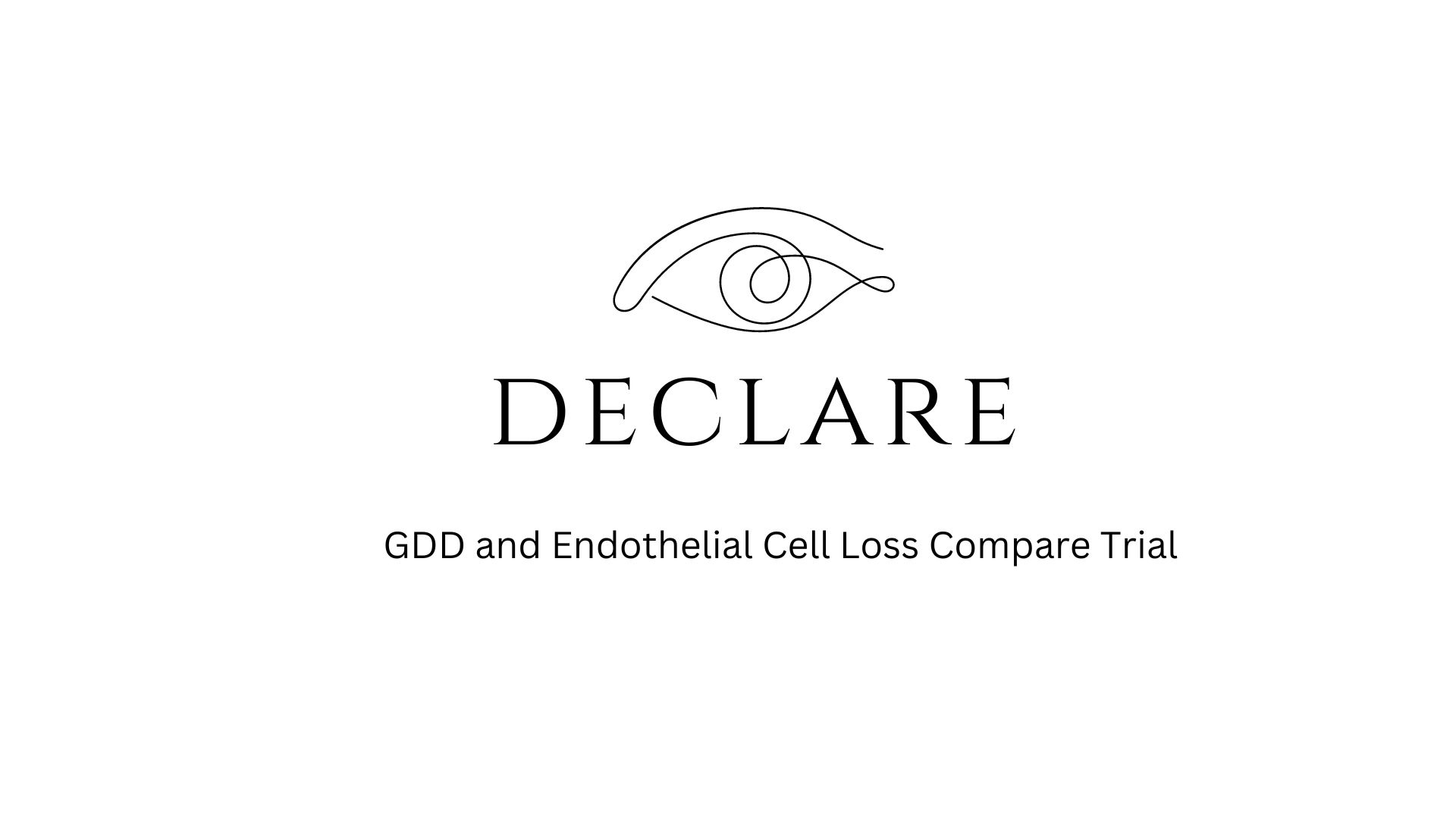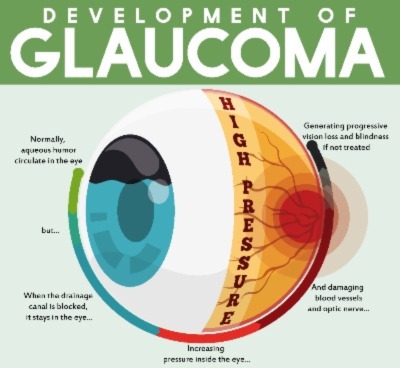 Information about Glaucoma
Information about Glaucoma
Glaucoma Drainage Device and Endothelial Cell Density Loss Compare (DECLARE) Trial
What is Glaucoma?
Glaucoma is a condition that affects your eyes. Think of it like a slow-draining sink – when the eye's natural drainage system doesn't work well, fluid builds up. This extra fluid raises the pressure in your eye, which can damage the optic nerve, a vital cable that sends visual signals from the eye to the brain. Over time, glaucoma can lead to vision loss. But the tricky part is, it often has no early symptoms. So, many people don't even know they have it until they notice changes in their vision.
Glaucoma is often referred to as the "silent thief of sight" precisely because of its subtle onset. Globally, it's one of the leading causes of irreversible blindness, affecting more than 60 million people. Experts estimate that nearly half of those with glaucoma aren't even aware they have it due to its lack of initial symptoms. This is why routine eye exams are so crucial, as they can detect the early stages of the disease.

What are the risk factors?
Various risk factors can increase one's likelihood of developing glaucoma. Age is a primary one, with those over 60 being more susceptible. Family history can also play a role; if close family members have glaucoma, the chances of developing it are higher. Other risk factors include severe nearsightedness, a history of eye injuries, prolonged steroid medication use, and certain existing conditions like diabetes.
There are different types of glaucoma, with primary open-angle glaucoma being the most common. It develops slowly and painlessly, without noticeable vision loss initially. Another type, angle-closure glaucoma, can be more sudden and is characterized by rapid vision loss and pain.